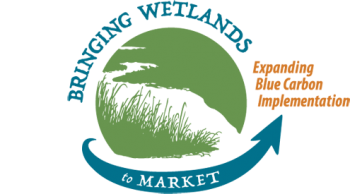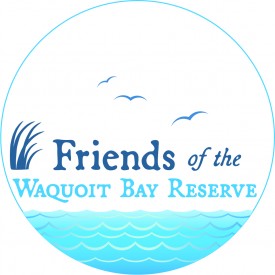Bringing Wetlands to Market
Coastal wetlands provide critical ecosystem services. While it is well known that forests store large amounts of carbon from greenhouse gases (including carbon dioxide, nitrous oxide, and methane), research indicates that coastal wetlands might capture and store carbon at rates three to five times greater than forests.
Research also suggests that nitrogen pollution from septic systems, stormwater runoff, and airborne pollution can significantly compromise a wetland’s ability to store carbon. Wetlands’ ability to absorb and store tremendous amounts of blue carbon has received increased attention from policymakers, researchers, and educators in communities, state and federal agencies, and organizations in New England and beyond. Until recently, blue carbon storage has been a largely theoretical concept, but end users are expressing more interest in the practical applications of this relatively new concept.
Phase 1 (2011-2015): Results of the Bringing Wetlands to Market Project and Related Research and Implications for Wetlands Conservation and Restoration in New England and Beyond
Bringing Wetlands to Market is a four year project at the Waquoit Bay National Estuarine Research Reserve that examined the relationship between salt marshes, climate change, and nitrogen pollution. The Project used cutting edge science to quantify greenhouse gas emissions and carbon sequestration in coastal wetlands and predict greenhouse gas fluxes across a range of environmental settings…read more
Phase 2 (2015-2019): Blue carbon storage—carbon sequestration in coastal wetlands— can help coastal managers and policymakers achieve broader wetlands management, restoration, and conservation goals, in part by securing payment for carbon credits.
The Waquoit Bay National Estuarine Research Reserve has been at the forefront of blue carbon research, working with end users to provide the information and tools needed to bring blue carbon projects to the carbon market. Through this project, the Waquoit Bay Reserve and its partners are building on efforts from Phase 1 of the “Bringing Wetlands to Market in Massachusetts” project, which was also supported by the National Estuarine Research Reserve System’s Science Collaborative…read more





